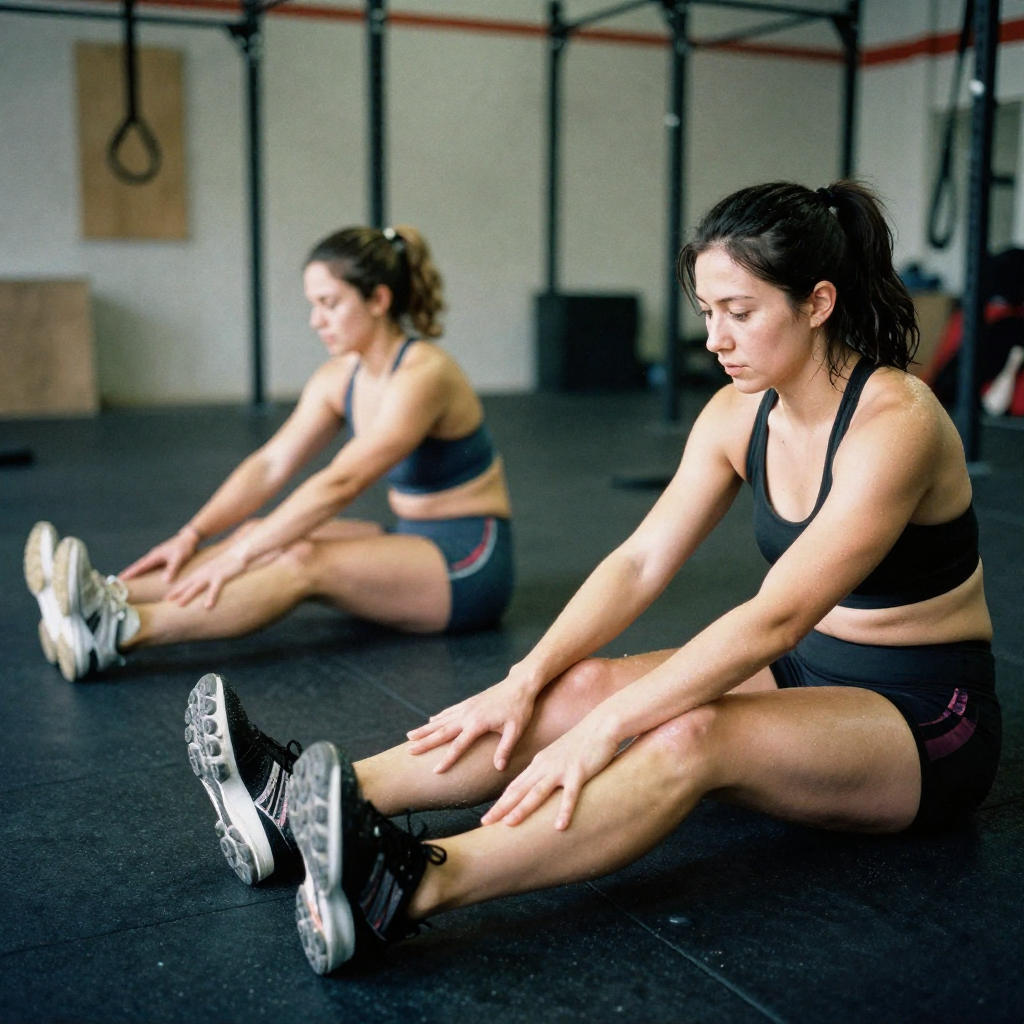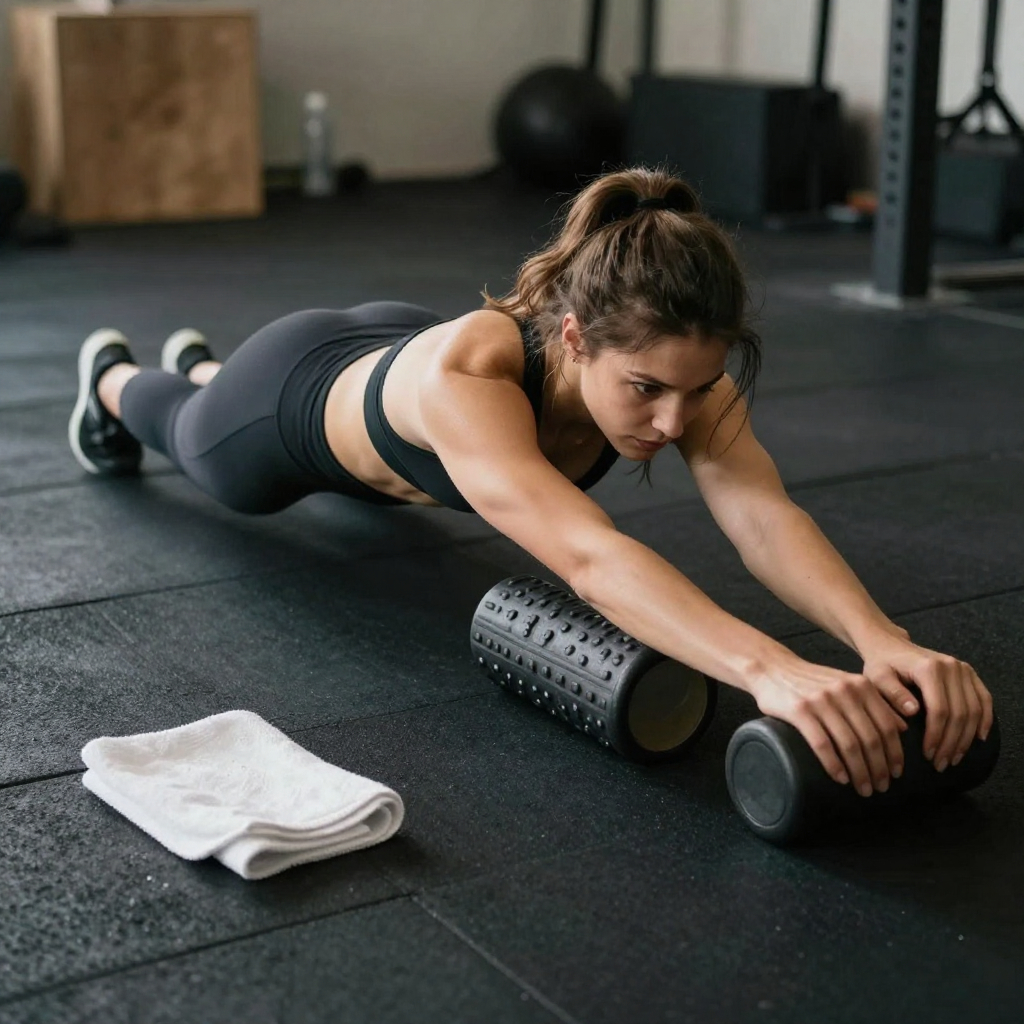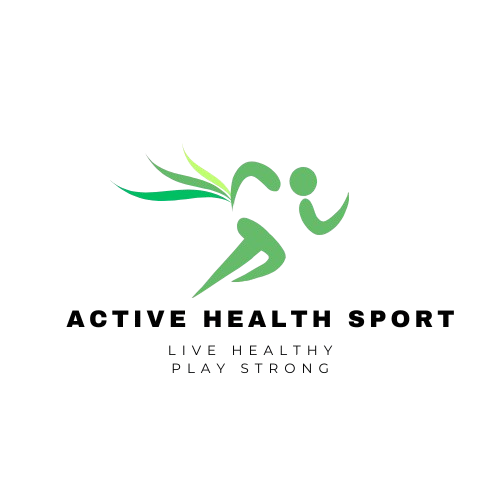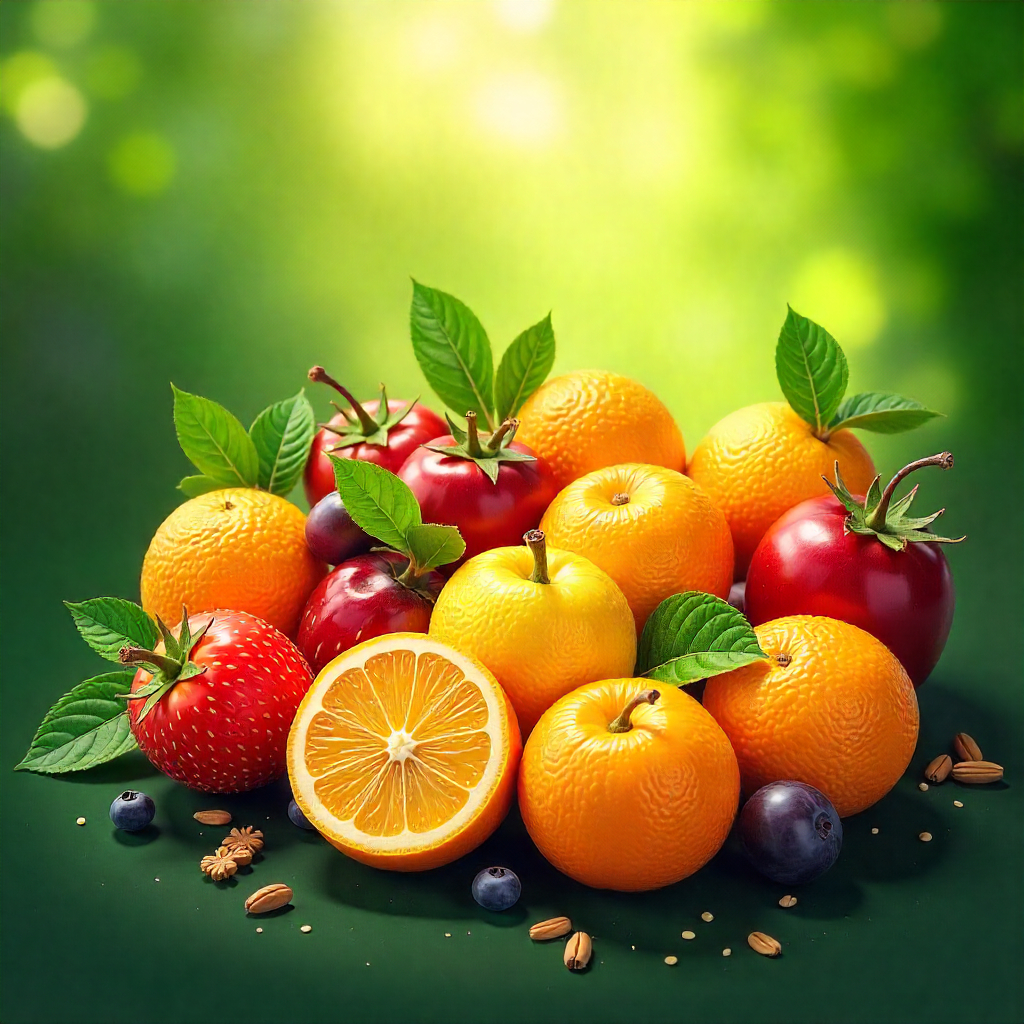The saying “let food be thy medicine” is truer today than ever. Athletes, fitness enthusiasts, and even everyday individuals are increasingly seeking natural ways to heal their bodies, prevent injuries, and accelerate recovery.
While supplements and medications are often used, research shows that fruits, nature’s nutrient-dense packages, play a direct role in maintaining joint flexibility, muscle strength, and long-term bone health.
In this blog, we explore the healing fruits that are scientifically proven to aid joint protection, muscle recovery, and inflammation reduction. We’ll also review real-life case studies, nutrition tables, and practical strategies to integrate these fruits into daily diets.
Why Joint and Muscle Health Matters
Healthy joints and muscles form the foundation of mobility, strength, and long-term physical performance. Whether you’re an athlete, a fitness enthusiast, or simply aiming to live an active lifestyle, protecting these two systems is vital. Ignoring them can lead to chronic pain, slower recovery, and a higher risk of injury.
The Role of Joints in Movement
Joints are where two or more bones meet, and they allow the body to move freely. From simple daily actions like walking to high-performance movements such as sprinting or weightlifting, joints are responsible for mobility, flexibility, and balance.
- Inflammation and Overuse: When joints are exposed to repeated stress, such as running long distances or lifting heavy loads, inflammation can set in, leading to stiffness and pain.
- Cartilage Wear: Cartilage, the cushioning material between bones, naturally wears down over time or due to overuse, reducing shock absorption.
Why it matters for athletes and active individuals: A weak or damaged joint can limit training intensity, shorten athletic careers, and even interfere with everyday life.
The Role of Muscles in Performance and Protection
Muscles are not only engines for strength and movement but also protective stabilizers for joints and bones.
- Strength & Endurance: Muscles provide the power needed for athletic activities and protect joints from excessive strain.
- Injury Prevention: Strong muscles absorb impact and distribute load, reducing the risk of ligament tears and tendon injuries.
- Inflammation: Weak or inflamed muscles recover more slowly, which delays progress and increases susceptibility to overuse injuries.
How Fruits Contribute to Joint and Muscle Health
Fruits are not just a source of general nutrition; they contain bioactive compounds proven to enhance recovery, reduce pain, and strengthen tissues. Here’s how:
1. Anti-Inflammatory Compounds
Certain fruits, such as pomegranates, cherries, and pineapples, contain natural compounds like polyphenols, anthocyanins, and bromelain that actively reduce inflammation in muscles and joints. This makes them a natural alternative to anti-inflammatory medications without the side effects.
2. Vitamin C & Collagen Support
Fruits like kiwi, oranges, and papaya are rich in Vitamin C, which is essential for collagen synthesis. Collagen is the building block of cartilage, tendons, and ligaments, making these tissues critical for maintaining structural integrity.
3. Antioxidants for Muscle Protection
Intense exercise creates free radicals that damage muscle tissue. Blueberries, grapes, and strawberries are high in antioxidants, which neutralize free radicals and protect muscle cells from oxidative stress. This helps preserve strength and reduces long-term muscle damage.
4. Minerals for Muscle Contractions
Muscles contract and relax through the balance of minerals like potassium, magnesium, and calcium. Fruits such as bananas (potassium), avocados (magnesium), and figs (calcium) supply these essential electrolytes, ensuring smooth muscle function and preventing cramps.
Also Read the Latest: When Should You Do Stretching to Prevent Injuries?
Top Healing Fruits for Joint & Muscle Health
1. Pomegranates – The Anti-Inflammatory Warrior
Pomegranates are rich in polyphenols and ellagic acid, which are powerful anti-inflammatory agents. Studies show pomegranate juice reduces joint tenderness in arthritis patients.
Benefits:
- Protects cartilage from wear and tear.
- Improves blood circulation to muscles.
- Reduces oxidative stress in joint tissues.
2. Kiwi – Collagen’s Best Friend
Kiwi is a small fruit with a surprisingly high nutrient density. Just one medium kiwi provides over 70 mg of Vitamin C, which is nearly the daily recommended intake for adults. This makes it a powerhouse for collagen production, the structural protein that keeps ligaments, tendons, and cartilage strong and elastic.
Why it matters:
- Collagen is like the “glue” that holds joints and connective tissues together. Without enough Vitamin C, collagen synthesis slows, making joints more prone to injury and degeneration.
- For athletes, this means kiwis can directly support tissue resilience under physical stress.
Additional Benefits:
- Iron Absorption: Vitamin C enhances non-heme iron absorption from plant-based foods, helping prevent iron-deficiency anemia, which often leads to fatigue.
- Immunity Boost: Kiwis are rich in antioxidants, folate, and Vitamin K, which strengthen the immune system and speed up recovery after hard training.
- Digestive Health: Kiwis contain actinidin, a natural enzyme that helps break down proteins, improving nutrient absorption.
Best Way to Use:
- Eat 1–2 kiwis daily as a snack or add to post-workout smoothies for collagen support.
- Pair with iron-rich foods (like spinach or lentils) to maximize nutrient absorption.
3. Pineapple – Nature’s Pain Reliever
Pineapple is more than a sweet tropical fruit, it’s one of the best natural anti-inflammatory foods available, thanks to bromelain, a mixture of proteolytic enzymes. Bromelain has been widely studied for its role in reducing swelling, bruising, and pain associated with muscle injuries and post-surgical recovery.
Why it matters:
- Athletes who frequently deal with microtears, strains, or delayed-onset muscle soreness (DOMS) can benefit from bromelain’s recovery-boosting properties.
- It improves joint mobility by reducing stiffness caused by inflammation.
Additional Benefits:
- Digestion Aid: Bromelain helps break down proteins, easing digestion and ensuring amino acids are absorbed efficiently, vital for muscle repair.
- Circulatory Health: Some studies suggest bromelain may reduce platelet aggregation, improving blood flow to recovering tissues.
- Immunity Support: Pineapples also provide Vitamin C and manganese, which strengthen immunity and bone health.
Best Way to Use:
- Consume 1 cup of fresh pineapple or pineapple juice post-workout.
- For recovery after injury, consistent intake for several days can enhance results.
4. Grapes – Joint Protection Specialist
Grapes, especially red and purple varieties, are rich in resveratrol and quercetin — two compounds studied extensively for their joint-protective and anti-aging properties. Resveratrol in particular has been linked to slowing cartilage degradation, which is crucial for preventing arthritis and joint pain.
Why it matters:
- Protects cartilage cells (chondrocytes) from oxidative damage and inflammation.
- Improves blood flow by enhancing nitric oxide levels, ensuring muscles get more oxygen and nutrients during recovery.
- Resveratrol also activates sirtuins, proteins associated with longevity and cellular repair.
Additional Benefits:
- Muscle Recovery: Antioxidants in grapes help reduce exercise-induced oxidative stress.
- Heart Health: By improving circulation, grapes reduce cardiovascular strain, indirectly benefiting endurance athletes.
- Overall Tissue Health: Polyphenols in grapes protect against cellular aging, helping maintain joint and muscle integrity over time.
Best Way to Use:
- Eat a handful of fresh grapes daily or drink 100% grape juice (without added sugar).
- Frozen grapes can be a refreshing post-training snack in hot weather.
5. Papaya – Muscle Repair Support
Papaya is often underestimated compared to other fruits, but it is truly a healing powerhouse for athletes and active individuals. This tropical fruit is rich in enzymes, vitamins, and antioxidants that directly contribute to faster muscle repair and healthier joints.
Key Compounds in Papaya
- Papain (Proteolytic Enzyme):
- Breaks down proteins into amino acids, making them easier to absorb.
- Acts as a natural anti-inflammatory, reducing swelling and soreness after intense workouts.
- Has been studied for its ability to accelerate recovery in soft tissue injuries.
- Vitamin C:
- One medium papaya provides over 200% of the daily Vitamin C requirement.
- Supports collagen synthesis, which strengthens tendons, ligaments, and cartilage.
- Boosts immune defense, reducing downtime due to illness or overtraining fatigue.
- Vitamin A & Beta-Carotene:
- Protects joint and muscle tissues from oxidative stress.
- Aids in tissue regeneration after microtears in muscle fibers.
- Digestive Benefits:
- Papain also improves gut health by aiding digestion, which ensures that athletes absorb nutrients (protein, amino acids, minerals) more effectively.
Also Read the Latest: Why Timing Proteins, Carbs & Fats Matters for Your Health
Athletic Benefits of Papaya
Assists Muscle Repair After Microtears
Intense training causes small tears in muscle fibers. While this is part of muscle growth, recovery is crucial. Papain reduces inflammation, while Vitamin C accelerates collagen-based tissue repair.
Improves Digestion & Nutrient Delivery
Efficient digestion means faster delivery of amino acids and minerals to muscles. This makes papaya especially useful when paired with protein-rich meals post-workout.
Reduces Oxidative Stress in Joints
The antioxidants in papaya (Vitamin C, beta-carotene, lycopene) protect cartilage and joint tissues from free radical damage, preventing stiffness and long-term degeneration.
Supports Immune Function
Overtraining can weaken immunity. The high Vitamin C in papaya ensures athletes stay resilient against infections, minimizing missed training sessions.
Best Timing & Consumption for Athletes
- Post-Workout Snack: Papaya with Greek yogurt or a protein shake boosts recovery.
- Morning Boost: A papaya smoothie helps start the day with digestive support and immune defense.
- Recovery Meal Addition: Combine papaya with pineapple (bromelain) for a double enzyme effect against soreness.
Nutrition Table: Fruits for Joint & Muscle Health
| Fruit | Key Compound(s) | Benefit for Joints & Muscles | Best Time to Consume |
| Pomegranate | Polyphenols | Reduces inflammation, protects joints | Morning or post-meal |
| Kiwi | Vitamin C | Supports collagen, tendon strength | Anytime |
| Pineapple | Bromelain | Reduces soreness, aids mobility | Post-injury/recovery |
| Grapes | Resveratrol | Protects cartilage, improves blood flow | Snack or juice |
| Papaya | Papain, Vitamin A | Muscle repair, anti-inflammatory | After workout |
Case Studies: Functional Fruits in Action
Case Study 1: Pomegranate Juice for Arthritis Relief
A 2011 clinical trial published in the Journal of Inflammation (source) showed that patients with arthritis who consumed pomegranate extract daily for 12 weeks experienced a 17% reduction in joint pain and reported improved physical function compared to the control group.
Beyond the numbers, patients noted that simple daily activities like walking, climbing stairs, or even opening jars felt easier. Doctors involved in the study suggested that the natural antioxidants in pomegranate helped reduce inflammation markers, making it a practical dietary addition for those living with arthritis pain.
Case Study 2: Bromelain in Pineapple for Injury Recovery
A 2020 review published in the Journal of International Medical Research (source) highlighted bromelain, an enzyme found in pineapple, as a natural aid in injury recovery. The findings showed that bromelain supplementation reduced pain, swelling, and recovery time in patients dealing with sports-related injuries and even post-surgical recovery.
One example from the review included athletes who incorporated pineapple or bromelain supplements into their recovery diet. These athletes experienced reduced inflammation in sprained ankles and knee injuries, allowing them to return to training sooner than expected.
Case Study 3: Tart Cherry Juice and Endurance Training – The Story of Mark Daniels
Mark Daniels, a 39-year-old triathlete from Austin, Texas, shared his experience with tart cherry juice during his preparation for Ironman competitions. Recommended by his sports nutritionist, Mark drank tart cherry juice twice a day during his peak training weeks.
He noticed a significant difference: muscle soreness was reduced, and his sleep quality improved. “Normally, after a 100-mile cycling day, my legs would feel destroyed for two days. With tart cherry juice, I was back on my feet the next morning,” Mark said.
His story echoes findings from research in the Journal of the International Society of Sports Nutrition (source), which also confirmed tart cherry juice’s role in faster muscle recovery for endurance athletes.
Share Your Story with Active Health Sport
At Active Health Sport, we believe real stories inspire real change. If you’ve personally experienced the benefits of functional fruits or recovery nutrition, whether it’s pomegranate, pineapple, tart cherry, or others, we’d love to hear from you.
Share your journey with us via email or drop your story in the comments below. Your experience could motivate thousands of readers to explore natural and effective ways to boost recovery and performance.
Long-Term Benefits of Healing Fruits – Quick Points
- Lower risk of osteoarthritis and tendon injuries.
- Faster muscle recovery after strenuous exercise.
- Improved bone density due to Vitamin C, K, and calcium-rich fruits.
Reduction in chronic inflammation, a key factor in athletic injuries.
Frequently Asked Questions (FAQs)
Which fruit is best for reducing joint pain naturally?
Pomegranates and grapes are highly effective because their antioxidants, polyphenols, and resveratrol reduce inflammation, protect cartilage, and improve joint flexibility, making them natural remedies for chronic joint pain.
Can fruits replace joint supplements like glucosamine?
Fruits cannot fully replace glucosamine or other supplements, but they provide natural compounds that complement medications, supporting joint health, reducing inflammation, and enhancing recovery when consumed consistently.
How much pineapple should I eat for recovery?
One cup of fresh pineapple or a single glass of pineapple juice post-workout delivers bromelain, an enzyme known to reduce swelling, ease soreness, and accelerate natural recovery.
Do these fruits help with age-related muscle loss?
Yes. Fruits such as kiwi, papaya, and berries provide Vitamin C, potassium, and enzymes that preserve muscle mass, strengthen connective tissues, and protect against age-related muscle decline.
Are juices as effective as whole fruits for healing benefits?
Juices deliver concentrated vitamins and antioxidants, but whole fruits are superior for digestion because they provide fiber, steady nutrient absorption, and longer-lasting recovery support.
Can fruits improve post-surgery or sports injury recovery?
Yes. Fruits rich in bromelain (pineapple), anthocyanins (cherries), and polyphenols (pomegranate) aid in faster recovery by reducing inflammation, easing swelling, and improving tissue healing after injuries or surgeries.
You might also like the following…
- Active Recovery for CrossFitters: Walking & Mobility Explained
 CrossFit pushes athletes to their physical limits, lifting heavy, sprinting, jumping, and performing high-intensity functional movements. While the intensity delivers impressive gains, it also places tremendous stress on muscles, joints, and the nervous… Read more: Active Recovery for CrossFitters: Walking & Mobility Explained
CrossFit pushes athletes to their physical limits, lifting heavy, sprinting, jumping, and performing high-intensity functional movements. While the intensity delivers impressive gains, it also places tremendous stress on muscles, joints, and the nervous… Read more: Active Recovery for CrossFitters: Walking & Mobility Explained - How Walking and Stretching Boost CrossFit Recovery (Duo)
 CrossFit recovery, athletes often chase intensity, heavy lifts, quick transitions, and heart-racing WODs (Workouts of the Day). Yet, the key to consistent progress isn’t just in the effort you put inside the box,… Read more: How Walking and Stretching Boost CrossFit Recovery (Duo)
CrossFit recovery, athletes often chase intensity, heavy lifts, quick transitions, and heart-racing WODs (Workouts of the Day). Yet, the key to consistent progress isn’t just in the effort you put inside the box,… Read more: How Walking and Stretching Boost CrossFit Recovery (Duo) - How Nutrition Impacts Sleep: Foods That Help (and Hurt) Your Night’s Rest
 You Are What – and When – You Eat We often think of sleep as a nighttime habit, but the truth is that good sleep begins with what you eat during the day.… Read more: How Nutrition Impacts Sleep: Foods That Help (and Hurt) Your Night’s Rest
You Are What – and When – You Eat We often think of sleep as a nighttime habit, but the truth is that good sleep begins with what you eat during the day.… Read more: How Nutrition Impacts Sleep: Foods That Help (and Hurt) Your Night’s Rest

Kait Amazra is the founder and lead writer of Active Health Sport. With over 25 years of experience in health, fitness, and wellness education, Kait combines professional expertise with a passion for helping people live stronger, healthier, and more balanced lives.
As a licensed health and fitness professional, Kait has worked alongside industry experts to deliver evidence-based insights on physical activity, nutrition, recovery, and holistic well-being. Through Active Health Sport, Kait’s mission is to make trusted, practical, and science-backed health information accessible to everyone, from beginners building new habits to athletes seeking peak performance.

